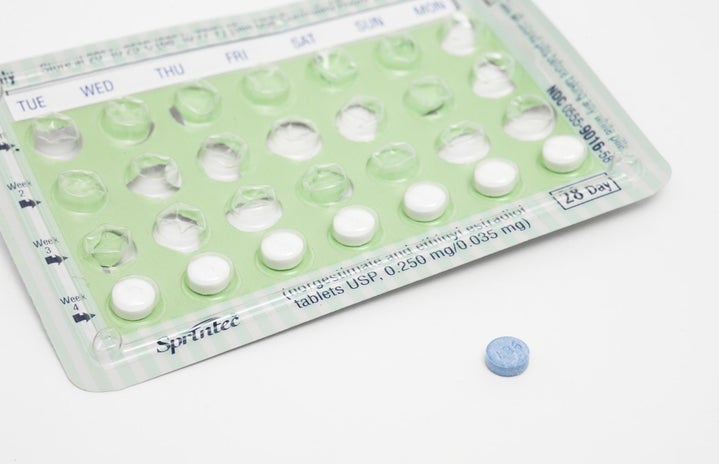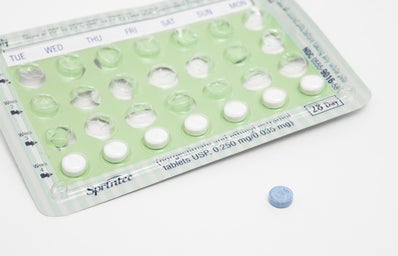The orgasm gap is a relatively new term highlighting how in heterosexual relationships, men have orgasms significantly more often than their female partners. Chapman University, Indiana University and the Kinsey Institute recently conducted a study to find out more information on the orgasm gap.
Researchers surveyed approximately 52,000 adults of varying sexual orientations and found a significant difference in orgasm frequency based on one’s gender and sexuality. In fact, the study discovered that 95 percent of heterosexual men reported that they have orgasms every/most of the time during sex whereas only 65 percent of heterosexual women reported the same.
Courtesy of Giphy
The authors of the study also addressed the significant gap among women based on sexuality. Those who identified as lesbian women had orgasm success rates of 86 percent whereas bisexual and straight women reported regularly having orgasms 66 percent and 65 percent of the time, respectively. These findings are very important because it proves that women are capable of having orgasms more often yet are not having them.
Out of those surveyed, women who had regular orgasms during sex were more likely to receive more oral sex, have sex for a longer duration, and tell their partners what they want in bed.
Regardless of one’s sexual identity, men were reported to climax more often than women. Here is a breakdown of the results found in the study:
- Straight Men: 95%
- Gay Men: 89%
- Bisexual Men: 88%
- Lesbian Women: 86%
- Bisexual Women: 66%
- Straight Women: 65%
Courtesy of Giphy
The type of relationship you have with a partner can also affect orgasm frequency. A study published in the American Sociological Review studied college-aged heterosexual women and found that those who were in relationships were more likely to have an orgasm compared to those who were having casual sex.
Researchers attributed this finding to factors such as engaging in specific sexual practices with a partner but also noted a possible double standard that may be taking place:
“…both men and women question women’s (but not men’s) entitlement to pleasure in hookups but believe strongly in women’s (as well as men’s) entitlement to pleasure in relationships. More attention is thus given to producing female orgasm in relationships.”
Courtesy of Giphy
Although I spoke about orgasms with great emphasis, it is okay if you are not able to successfully have an orgasm. If you are unable to climax by yourself or with a partner for any reason, you are not alone and there are many online resources to help figure out what works for you.
It is very important to express what you enjoy to your partner so you can have what you deserve: positive and fun sexual experiences. Communicating with your partner and expressing what you want during sex will be the start of closing the orgasm gap.
Note: The studies unfortunately did not appear to survey those who are not cisgender, such as gender nonbinary and transgender individuals.

